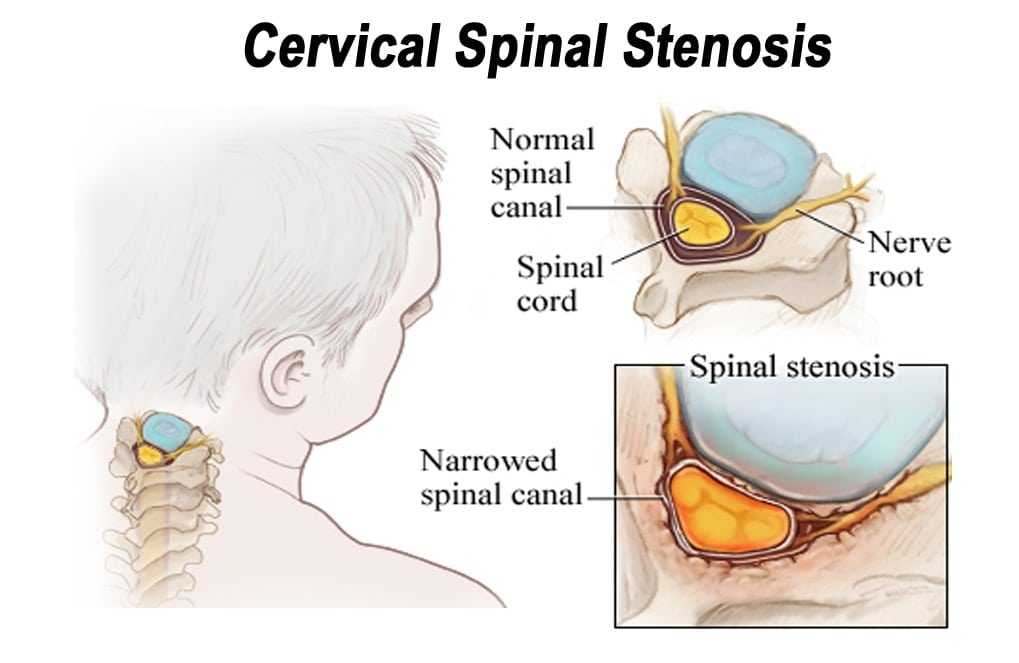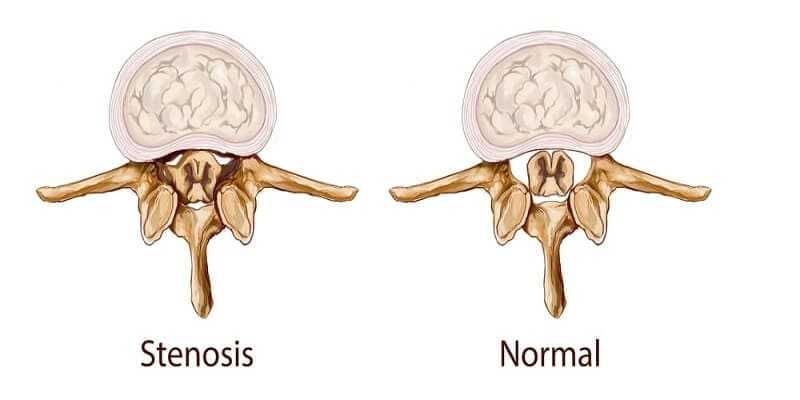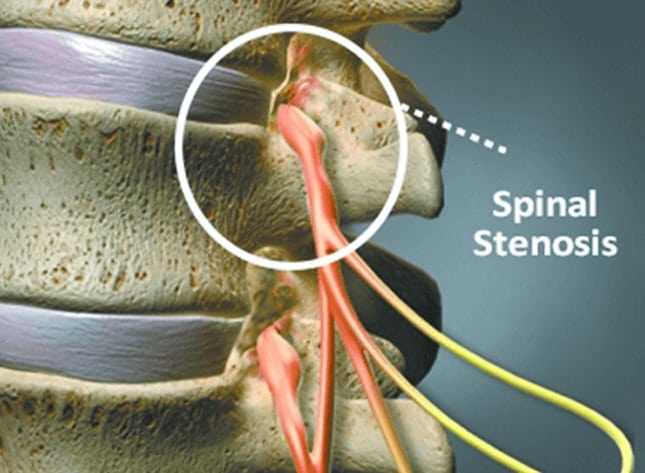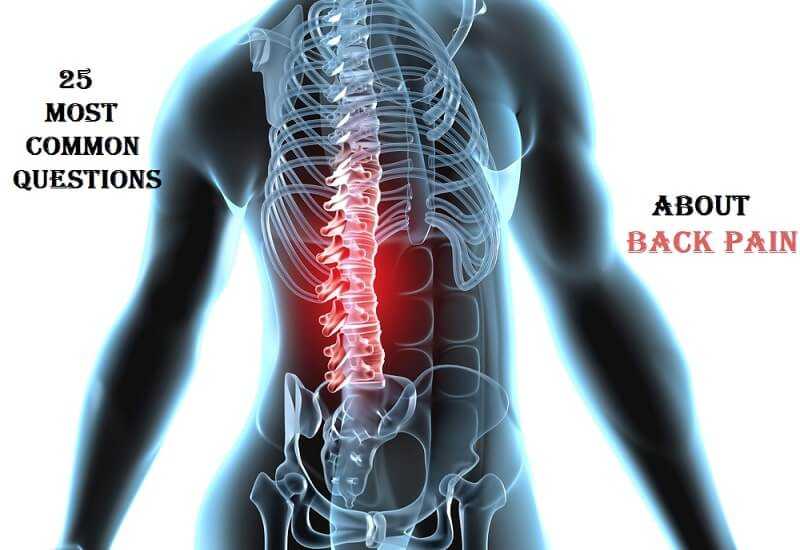An Overview of Lumbar Spinal Stenosis

Considered as one of the most common causes of lower back pain, lumbar spinal stenosis is arguably the most difficult to treat, if one bases this conclusion upon the mixed results of numerous research studies done on the many procedures that would correct this condition. In fact, spinal stenosis is even recognized as a disabling condition in the United States Social Security Act.
What is Spinal Stenosis?
Spinal stenosis is a medical condition that develops when the spinal canal — the long hollow tube within the spine through which the spinal cord passes — narrows and puts pressure on the spinal cord and the nerve roots that branch out from it.
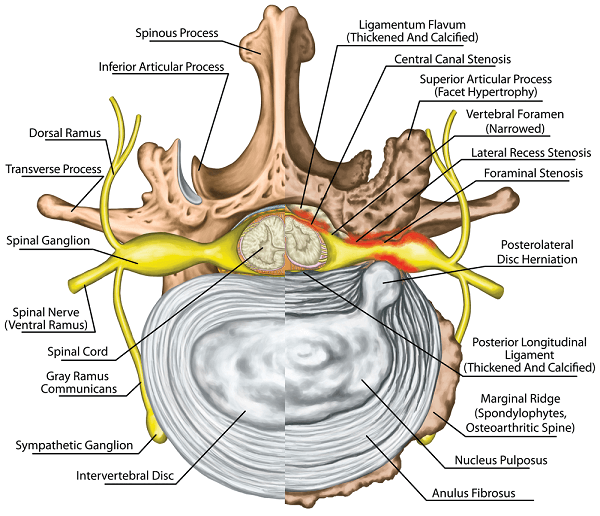
Spinal stenosis can develop in the three main areas of the spine, namely the cervical, thoracic and lumbar (often misspelled as “lumber”) areas. A good example of cervical spinal stenosis is the “stinger”, a traumatic condition commonly seen in American football players characterized by upper back pain, numbness and weakness in the arms. In a small percentage of patients, stenosis is present in all these spine levels.
Lumbar Spinal Stenosis Causes
Lumbar spinal canal stenosis has been attributed to a number of causes which include the following…
- Spinal disc herniation
- Spinal degeneration that accompanies aging
- Spondylolisthesis, especially along L4 and L5
- Anklylosing spondylitis
- Osteoporosis
- Tumors
A more detailed discussion on how these disease entities cause spinal stenosis can be found in Wiki.
Individuals who are at risk of developing lumbar spinal stenosis are…
- Patients born with narrow spinal canals
- Females
- Over 50 years of age
- Patients with a history of prior injury to the spine
- Patients who have had spine surgery
- Patients with osteoarthritis and those who have been found to have bone spurs in the spine (occurs with aging)
- History of inflammatory spondyloarthritis
- History of and/or presence of tumors in the spine
- Paget’s disease of the bone.
Lumbar Spinal Stenosis Symptoms
Lumbar spinal stenosis should be entertained when the patient presents with the following symptoms…
- Pseudoclaudication, which is characterized by pain, numbness, weakness, cramping or tingling of the legs and thighs
- Pain radiates down to the leg
In severe lumbar spinal stenosis that compresses the cauda equina in the sacral region, the pain may be severe and accompanied by low of bladder and/or bowel control, loss of sexual function, diminished sensation in the feet causing difficulties in walking, or partial or complete leg paralysis. These cases of cauda equina syndrome need immediate medical care.
Lumbar Spinal Stenosis Treatment
Upon confirmation of lumbar spinal canal stenosis via diagnostic procedures such as x-rays, CT scan, and MRI, the doctor chooses the appropriate treatment depending upon the cause of the stenosis.
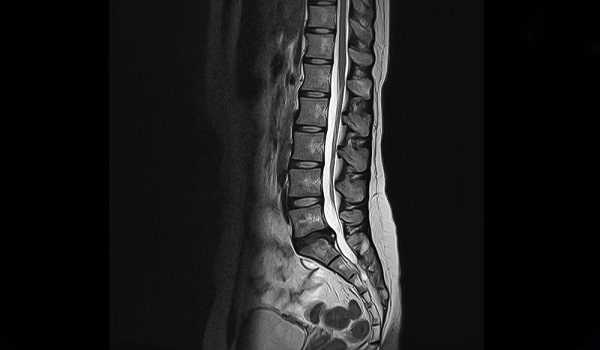
Non-surgical intervention procedures include spinal decompression therapy, especially if the stenosis has been found to be caused by a herniated disc. However, if the cause of the stenosis is bony spurs (as seen in osteoarthritis), spinal decompression will not be effective.
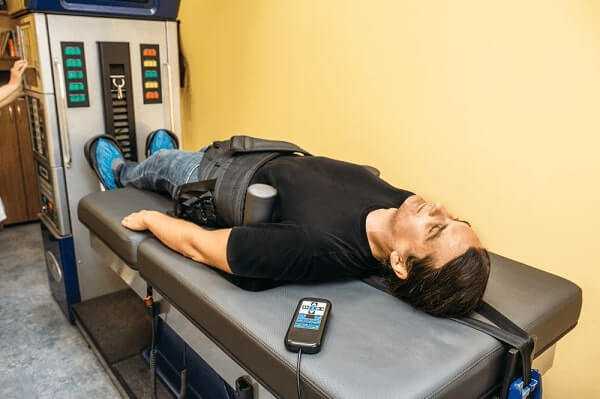
Presently, the treatment of choice for this disease is lumbar spinal stenosis surgery. This would involve removing the overlying lamina (or “roof”) of the spinal canal to relieve pressure on the spinal cord. This procedure is called laminectomy. Since instability may develop after the operation, spinal fusion needs to be done together with the laminectomy.
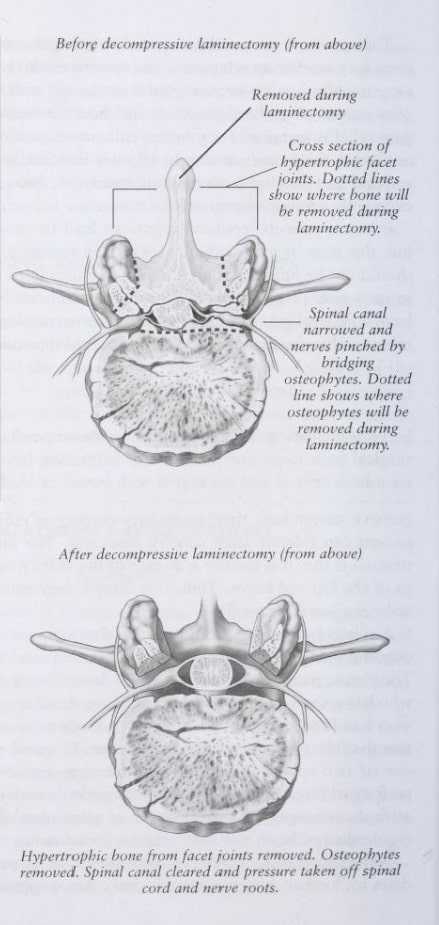
Prevention
There is some controversy as to the efficacy of exercises in relieving pain caused by spinal stenosis. While stretching exercises and yoga techniques could not correct the narrowing of the spinal canal, there is some pain relief by keeping the muscles of the back stretched and in tone to allow for greater stabilization of the spine. In experimental stages is salmon calcitonin treatments for lumbar spinal stenosis.

